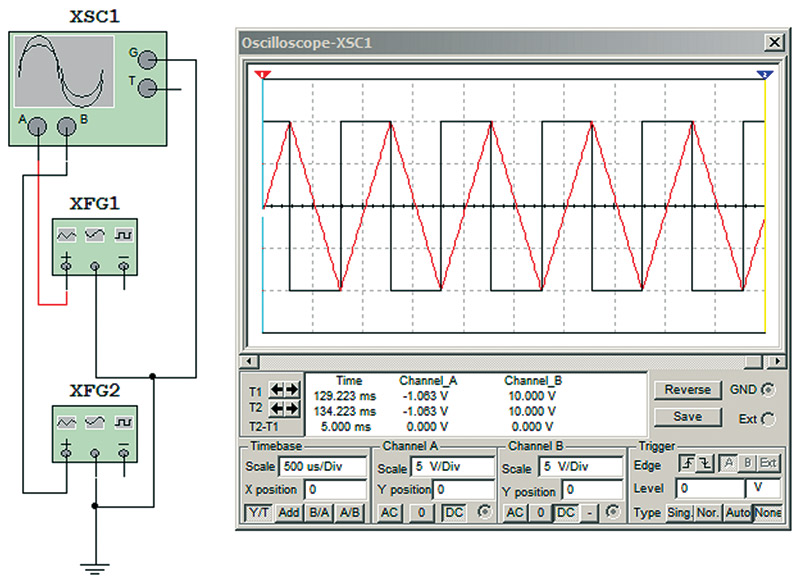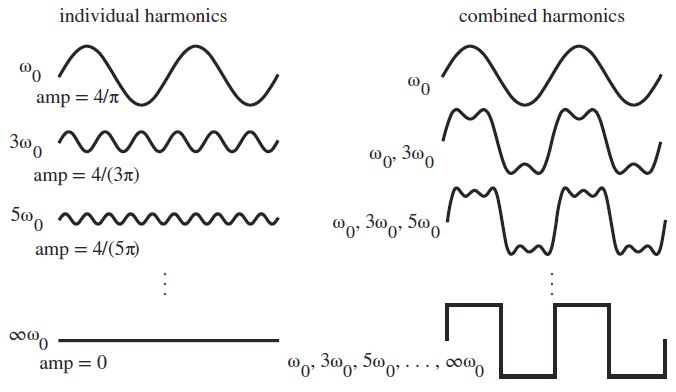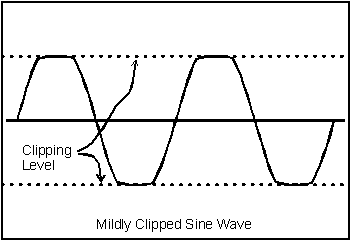

Modulating the width of each pulse according to certain rules can not only change the output voltage of the inverter circuit, but also change the output frequency. That is, a plurality of pulses are generated in a half cycle of the output waveform, and the equivalent voltage of each pulse is a sinusoidal waveform, and the obtained output is smooth and less low-order harmonics.
#Harmonics of a bipolar square wave series
The basic principle of pulse width modulation (PWM): The control method is to control the switching of the switching device of the inverter circuit, so that the output terminal obtains a series of pulses with equal amplitude, and these pulses are used to replace the sine wave or the desired waveform. In addition, many microcontrollers and DSPs already include a PWM controller on the chip, which makes the implementation of digital control easier. Analog circuits may also be very sensitive to noise, and any disturbance or noise will definitely change the magnitude of the current value.īy controlling the analog circuit digitally, the cost and power consumption of the system can be greatly reduced. The analog circuit may also generate severe heat, and its power consumption is proportional to the product of the voltage and current across the working element. Precision analog circuits that can solve this problem can be very large, bulky (such as old-fashioned home stereo equipment), and expensive. One of the points is that analog circuits tend to drift over time and are difficult to adjust. Like a radio, the output of an analog circuit is linearly proportional to the input.Īlthough analog control may seem intuitive and simple, it is not always very economical or feasible. When you turn the knob, the resistance value becomes larger or smaller the current flowing through this resistor also increases or decreases, which changes the current value that drives the speaker and makes the volume correspondingly larger or smaller. In a simple analog radio, the volume knob is connected to a variable resistor. The analog voltage and current can be directly used for control, such as controlling the volume of the car radio. The difference between an analog signal and a digital signal is that the value of the latter can usually only belong to a predetermined set of possible values, for example, in the set of. Similarly, the current drawn from the battery is not limited to a set of possible values. 9V battery is an analog device, because its output voltage is not exactly equal to 9V, but changes with time, and can take any real value. The value of the analog signal can be continuously changed, and the resolution of time and amplitude is not limited. The purpose of controlling the charging current can be achieved by adjusting the period of the PWM and the duty cycle of the PWM. The frequency can be adjusted by changing the period of the pulse train, and the voltage can be adjusted by changing the pulse width or duty cycle ,Appropriate control methods can make the voltage and frequency coordinately change.


The pulse width PWM method used in the Ni-MH battery smart charger is to use a pulse train with the same pulse width as the PWM waveform. With the development of electronic technology, a variety of pulse width modulation (Pulse width modulation, PWM) technologies have appeared, including: phase voltage control PWM, pulse width PWM method, random PWM, SPWM method, line voltage control PWM, etc.


 0 kommentar(er)
0 kommentar(er)
